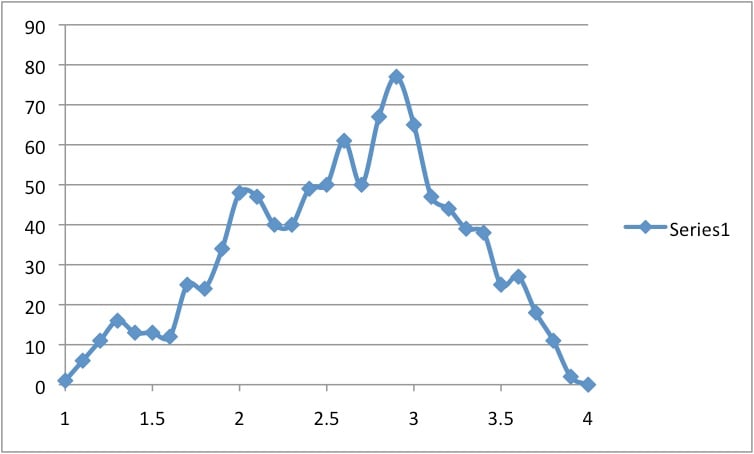I'd like to write up something that will generate random numbers that would plot into a triangle distribution. I know how to get a normal distribution, which is similar.
import random
for i in range(200):
print random.normalvariate(3,1)But there doesn't seem to be anything in the random module about triangle distribution. Does anyone know of a way to do it?

